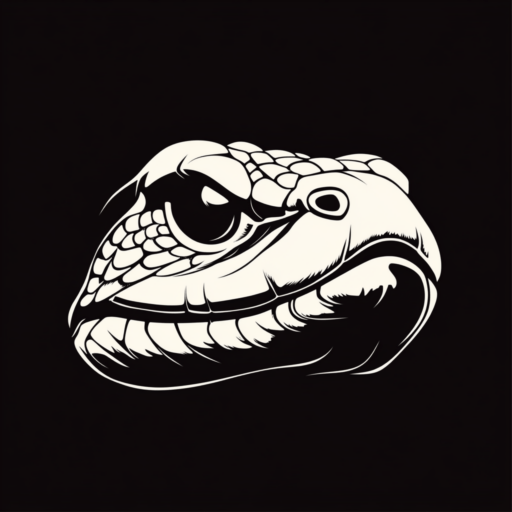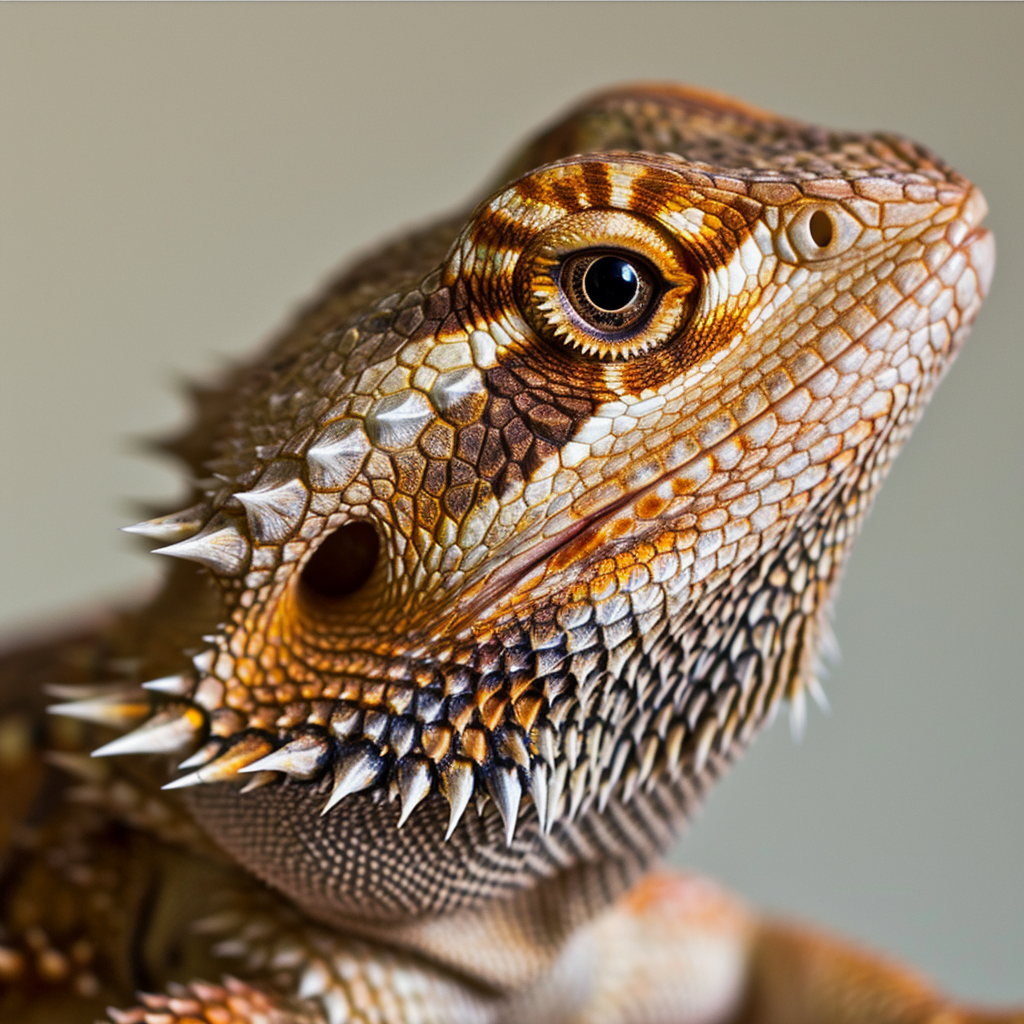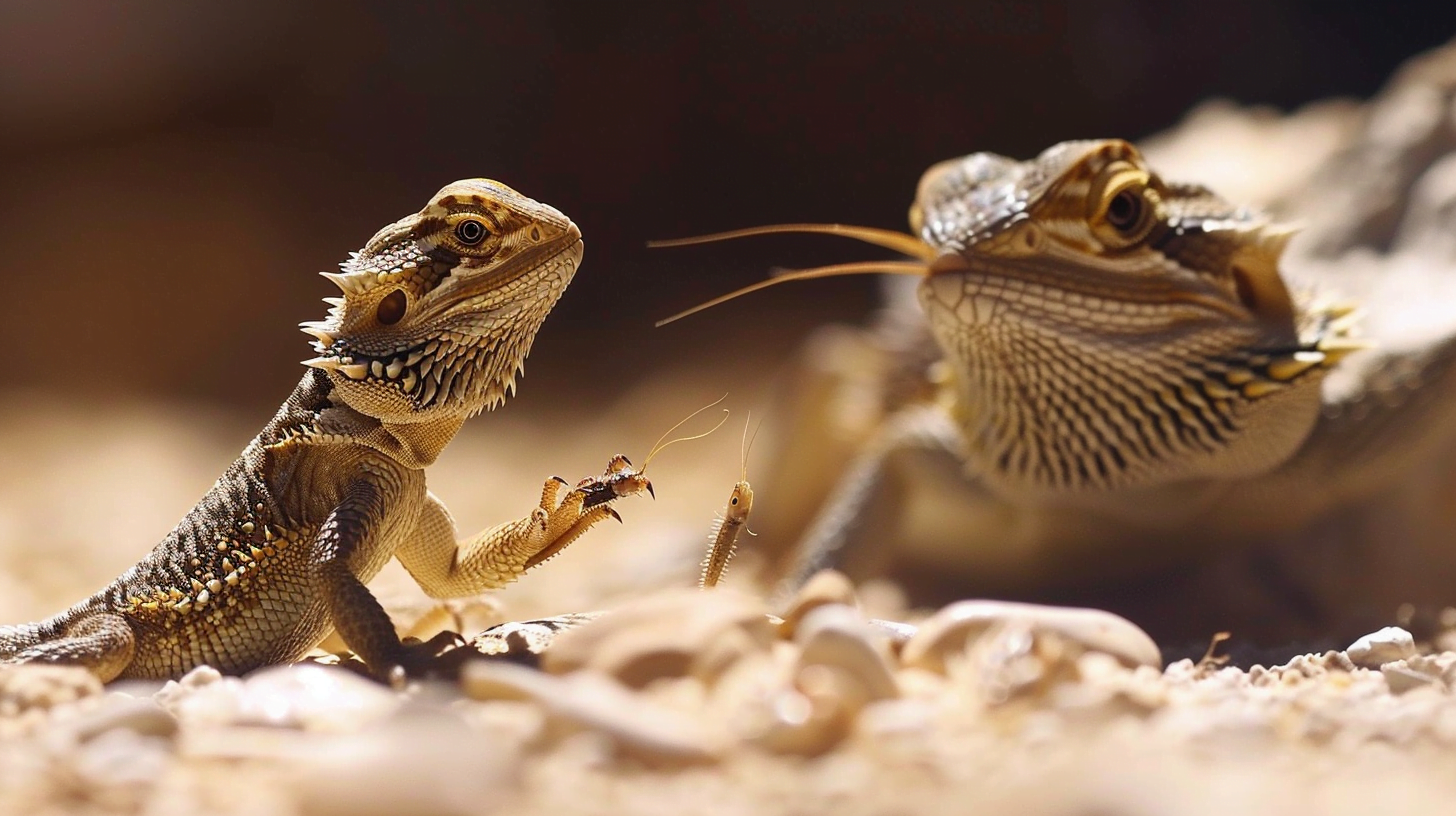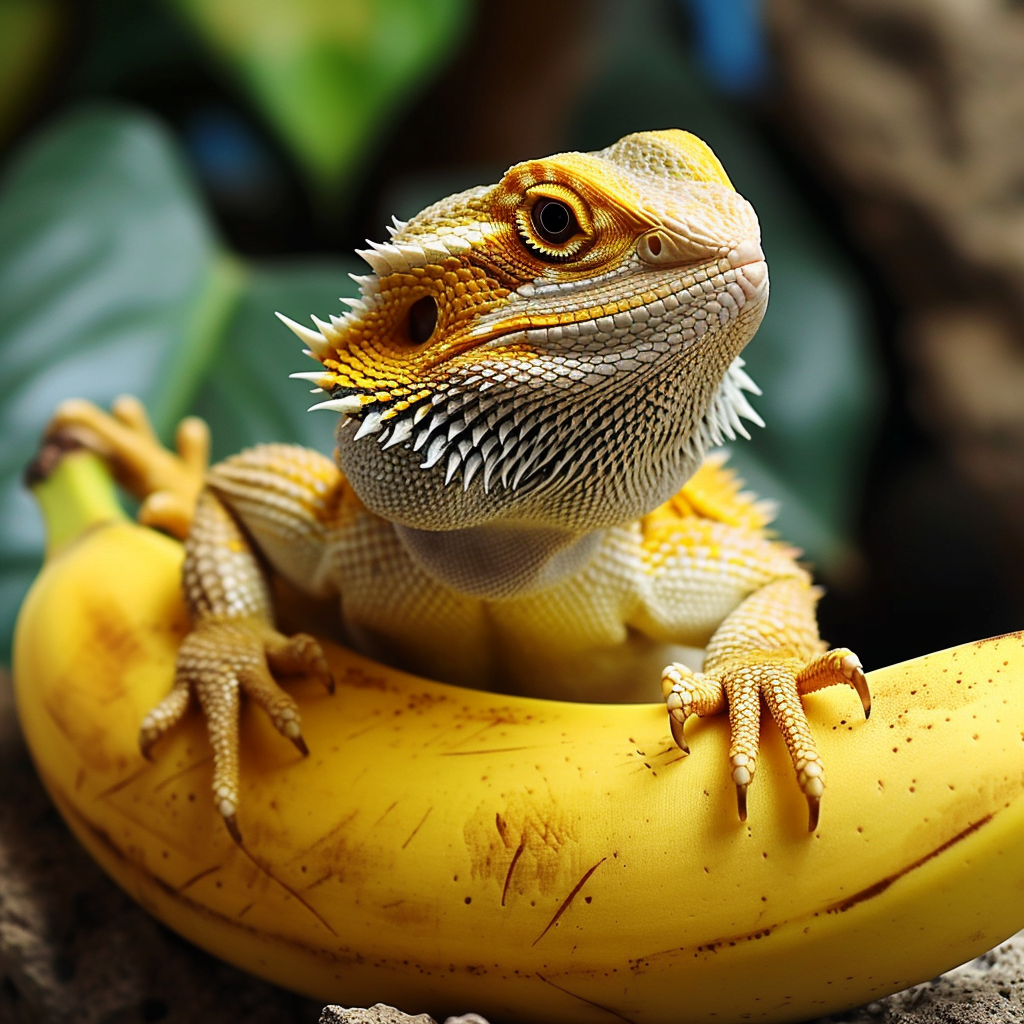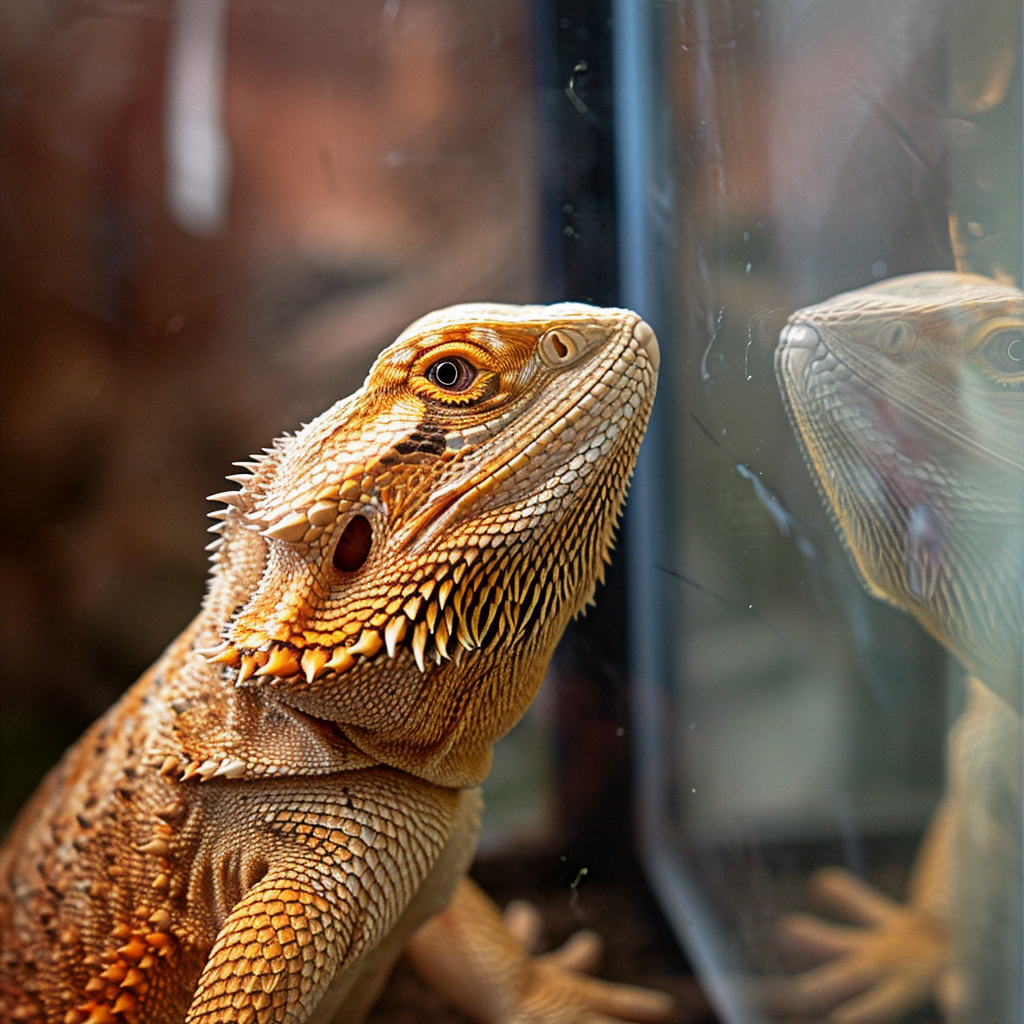Table of Contents
In this article, I will explore the question of are bearded dragons good pets. By examining their unique characteristics, care requirements, and interactions with humans, I aim to provide a comprehensive analysis of their suitability as companion animals. Additionally, I will delve into the concept of friendliness in bearded dragons and shed light on whether these reptiles possess the capacity to form meaningful connections with their human counterparts. Ultimately, this article aims to present an informed perspective on the topic, equipping potential pet owners with the knowledge necessary to make an educated decision regarding bearded dragons as potential additions to their households.
Pros of Owning a Bearded Dragon as a Pet
Easy to care for
One of the major advantages of owning a Bearded Dragon as a pet is that they are relatively easy to care for. Unlike some other reptiles, Bearded Dragons do not require a high level of maintenance or specialized care. They are a hardy species that can easily adapt to various environments, making them a great choice for beginners or individuals with busy lifestyles.
They have unique personalities
Bearded Dragons are known for their unique personalities, which can make them fascinating and enjoyable pets. Each individual has its own distinct characteristics, quirks, and behaviors, making them highly interactive pets. From their curious nature to their playful antics, Bearded Dragons can provide their owners with endless entertainment and companionship.
They are generally docile and friendly
Unlike some other reptiles, Bearded Dragons are known for their docile and friendly nature. With proper handling and socialization, these reptiles can become quite affectionate towards their owners. They have a calm temperament and rarely show signs of aggression, which further contributes to their popularity as pets. They are generally tolerant of human interaction, making them a suitable choice for families with children.
Low maintenance
Bearded Dragons are considered to be low-maintenance pets. They do not require constant attention and can thrive in a relatively hands-off environment. They have a slow metabolism and do not need to be fed daily, which can be convenient for busy individuals. Additionally, their enclosures are easy to clean, and their overall care requirements are straightforward, making them an ideal pet for those who prefer a low-maintenance lifestyle.
Good pet for beginners
For individuals who are new to reptile ownership, Bearded Dragons can be an excellent choice. Their ease of care, friendly nature, and hardiness make them a suitable option for beginners. They are also readily available in pet stores and from reputable breeders, making them easily accessible to those interested in keeping them as pets. Additionally, there is a wealth of information and resources available on caring for Bearded Dragons, making it easier for beginners to learn about their specific needs.
| Aspect | Description |
|---|---|
| Scientific Name | Pogona vitticeps |
| Lifespan | 10-15 years (with proper care) |
| Diet | Omnivorous (Insects, vegetables, and fruits) |
| Adult Size | 18-24 inches (including tail) |
| Temperature | Basking spot: 95-105°F (35-40°C) Cooler side: around 75°F (24°C) |
| UVB Lighting | Essential for calcium metabolism (Prevents metabolic bone disease) |
| Humidity | Low (around 20-40%) |
| Temperament | Generally docile and social (Individual personalities may vary) |
| Enclosure Size | Minimum 40-50 gallons for adults (Larger is preferable) |
| Initial Setup Cost | Medium to High (Tank, lighting, heating, décor, etc.) |
| Ongoing Costs | Medium (Food, occasional vet care, supplementation, etc.) |
| Legal Considerations | Subject to local regulations (Check for permits or bans in your area) |
| Special Considerations | Require regular, varied diet and social interaction for thriving |
Cons of Owning a Bearded Dragon as a Pet
Expensive setup
One of the potential drawbacks of owning a Bearded Dragon as a pet is the initial cost associated with setting up their habitat. Bearded Dragons require a specific tank setup, including UVB lighting, heat lamps, and a suitable substrate. These items can add up in cost, particularly for individuals who want to provide their pet with the best possible environment. Additionally, ongoing expenses like food, supplements, and regular veterinary care should also be considered.
Require specialized diet and lighting
Bearded Dragons have specific dietary and lighting requirements, which can be challenging to meet for some pet owners. They are omnivorous and need a balanced diet of both vegetables and insects. Providing a varied and nutritious diet that meets their nutritional needs can require careful planning and sourcing of appropriate food items. Additionally, Bearded Dragons require UVB lighting to correctly metabolize calcium, and without adequate exposure to UVB rays, they can develop health issues like metabolic bone disease.
May require veterinary care
Like any pet, Bearded Dragons may require veterinary care at some point in their lives. This can be a cause of concern for some owners, particularly if they are not readily available or knowledgeable about reptile veterinary care in their area. Regular veterinary check-ups are important to monitor the overall health and well-being of the pet and to catch any potential health issues early on. It is essential to find a reptile-experienced veterinarian who can provide appropriate care when needed.
Daily care and attention needed
While Bearded Dragons are generally low-maintenance pets, they still require daily care and attention. This includes maintaining their enclosure, providing fresh food and water, and monitoring their health and well-being. Additionally, Bearded Dragons thrive on social interaction and mental stimulation, which means that owners need to spend time handling, playing, and interacting with their pets. For individuals with busy schedules or those who may not have much time to devote to their pet on a daily basis, this level of commitment may be a challenge.
Live for a long time
Bearded Dragons have a relatively long lifespan for a reptile, typically living for 10 to 15 years, and in some cases, even longer. While this can be a positive aspect for many owners, it is important to consider the long-term commitment of owning a pet with such a lengthy lifespan. Bearded Dragons require consistent care and attention throughout their lives, and potential owners should be prepared for this long-term responsibility.

Habitat and Housing
Tank size and setup
When it comes to housing a Bearded Dragon, it is essential to provide them with a suitable tank size and setup. The tank should be large enough to accommodate the reptile’s size and offer enough space for them to move around comfortably. A minimum tank size for an adult Bearded Dragon is generally considered to be around 40 to 50 gallons. However, providing a larger enclosure is always beneficial, as it allows for more natural movement and enrichment opportunities.
Temperature and lighting requirements
Bearded Dragons are ectothermic reptiles, which means they rely on external heat sources to regulate their body temperature. It is crucial to provide a temperature gradient within the enclosure, allowing the dragon to thermoregulate by moving to different areas with varying temperatures. The basking spot should reach temperatures between 95 to 105°F (35 to 40°C), while the cooler side of the tank should maintain temperatures around 75°F (24°C).
In addition to heat, Bearded Dragons require UVB lighting to properly metabolize calcium, which is crucial for their bone health. UVB rays should be provided through specialized UVB bulbs, which need to be replaced regularly as they lose their effectiveness over time. It is important to ensure the UVB light covers at least two-thirds of the enclosure and that the dragon has access to it for around 10 to 12 hours a day.
Substrates and decor
Choosing the right substrate for a Bearded Dragon’s enclosure is essential for their health and safety. Loose substrates like sand or wood shavings can cause impaction if ingested, so it is generally recommended to avoid these materials. Safe alternatives include reptile carpet, paper towels, or non-adhesive shelf liners, which are easy to clean and provide a comfortable surface for the dragon to walk on.
Decor and enrichment items should also be included in the tank to create a stimulating environment for the Bearded Dragon. Branches, rocks, and hiding spots can be added to provide climbing opportunities and places to explore. It is important to ensure all decor items are securely placed to prevent them from falling onto the reptile and causing injury.
Necessary equipment
To properly house a Bearded Dragon, certain equipment is necessary. This includes a suitable tank or enclosure, a heat source (such as a heat lamp or ceramic heater), a basking light, a UVB light, a thermometer and hygrometer to monitor the temperature and humidity levels, and a reliable thermostat to regulate the temperature of the enclosure. Additionally, food and water bowls, as well as a spray bottle for misting, may also be required for proper care.
Feeding and Nutrition
The appropriate diet for a bearded dragon
Bearded Dragons are omnivorous reptiles, meaning they eat a mixture of plant matter and animal-based protein. Their diet should consist of a variety of leafy greens, such as collard greens, dandelion greens, and mustard greens, which provide essential vitamins and minerals. Additionally, a range of insects, including crickets, mealworms, and roaches, should be offered as a source of protein.
It is important to provide a well-balanced diet that meets the nutritional needs of a Bearded Dragon. Young dragons have higher protein requirements and tend to eat more insects compared to adult dragons. As the dragon matures, their diet should gradually shift towards more leafy greens, with insects being offered as occasional treats or supplements. Feeding a diverse and varied diet is crucial to ensure the dragon receives all the necessary nutrients for their overall health and well-being.
Feeding schedule and portion sizes
Bearded Dragons require regular feeding, and their feeding schedule may vary depending on their age. Young dragons should generally be fed twice a day, while adult dragons can be fed once a day or every other day. It is important to monitor the dragon’s weight and adjust the feeding schedule accordingly to prevent obesity or malnourishment.
The portion sizes of the food offered to Bearded Dragons should be appropriate for their size. Generally, the size of the insect prey should not exceed the space between the dragon’s eyes. This ensures that the prey is not too large and poses a choking hazard. Leafy greens should be offered in larger quantities than insects, as they form the bulk of the dragon’s diet as they mature.
Supplements and vitamins
To ensure the Bearded Dragon receives all the necessary nutrients, it may be necessary to supplement their diet with calcium and multivitamin powders. Calcium is crucial for bone health, and it should be provided by dusting the insect prey with calcium powder before feeding. Multivitamin powders can be used a few times a week to provide additional vitamins and minerals that may be lacking in the dragon’s diet.
It is important to be cautious with the use of supplements and not to over-supplement, as this can lead to health issues. Following a proper supplementation schedule and consulting a reptile-experienced veterinarian can help determine the appropriate amounts and frequencies of supplementation for an individual Bearded Dragon.
Offering a variety of food
To promote a well-rounded and nutritious diet, it is important to offer a variety of foods to a Bearded Dragon. This includes rotating between different leafy greens, such as kale, collard greens, and mustards greens, to expose the dragon to different flavors and textures. It is also beneficial to include a wide range of insect prey, such as crickets, dubia roaches, and phoenix worms, to provide a diverse source of protein.
Including occasional treats, such as fruits or vegetables, can also add variety to the diet. However, it is important to note that treats should only constitute a small portion of the overall diet and should be offered in moderation. Some fruits, like citrus fruits, should be avoided due to their high acidity levels, which can be detrimental to the dragon’s health. Consulting a reptile-experienced veterinarian or reputable sources can help determine which foods are safe and appropriate for a Bearded Dragon.

Socialization and Handling
Building trust with your bearded dragon
Building trust with a Bearded Dragon is an important aspect of their socialization and handling. Initially, it is crucial to allow the dragon to acclimate to their new environment without excessive handling. This helps reduce stress and allows them to feel secure in their enclosure. Offering food and positive reinforcements can help establish a positive association with their owner and build trust over time.
Spending regular and consistent time with the dragon outside of their enclosure can help strengthen the bond between the pet and the owner. This can involve gentle handling, allowing the dragon to explore their surroundings, and providing positive interactions. By consistently offering calm and patient handling, the dragon can become more comfortable and willing to engage with their owner.
Proper handling techniques
Proper handling techniques are essential to ensure the safety and well-being of both the owner and the Bearded Dragon. When handling a Bearded Dragon, it is important to support their body properly and avoid gripping or squeezing them tightly. They should be lifted carefully, allowing their body to rest comfortably in the palm of the hand, with the fingers supporting their underside.
It is crucial to avoid any sudden or jerky movements, as this can startle or stress the dragon. Handling sessions should also be kept relatively short, especially for young or skittish dragons, to prevent them from becoming overwhelmed or fatigued. Regular and positive handling experiences can help desensitize the dragon to human interaction and promote a stronger bond between the pet and the owner.
Recognizing signs of stress or discomfort
Bearded Dragons, like any living beings, can experience stress or discomfort in certain situations. It is important for owners to be able to recognize the signs of stress in their pet and respond accordingly. Common signs of stress or discomfort can include tail puffs, hissing, aggressive postures, darkening of color, or attempting to hide or escape.
If a dragon displays these signs, it is important to reassess their environment and handling techniques. Providing a stress-free and comfortable environment, avoiding sudden noises or movements, and using positive reinforcement can help alleviate stress and promote a more relaxed demeanor in the dragon. If the signs of stress persist or if there are concerns about the dragon’s well-being, consulting a reptile-experienced veterinarian is recommended.
Interacting with other pets
Introducing a Bearded Dragon to other pets in the household should be done with caution and under close supervision. While Bearded Dragons are generally docile and friendly, the interactions with other pets, such as dogs or cats, can be unpredictable. It is important to ensure the safety of both the Bearded Dragon and the other animals involved.
Before any direct interactions, it is recommended to allow each pet to become familiar with the scent of the other. This can be done by allowing them to explore the space around the enclosure without direct physical contact. If the Bearded Dragon and the other pet show signs of distress, aggression, or fear, it may be necessary to keep them separately and limit direct interactions. Always prioritize the safety and well-being of all animals involved.
Health and Veterinary Care
Regular health check-ups
Regular health check-ups are crucial for maintaining the well-being of a Bearded Dragon. Consulting a reptile-experienced veterinarian at least once a year is recommended to monitor the dragon’s overall health and ensure any potential issues are addressed promptly. A thorough physical examination can help identify any abnormalities, such as skin or shell lesions, respiratory infections, or signs of parasite infestation.
At each check-up, the veterinarian may also perform a fecal examination to check for the presence of parasites and may recommend blood tests to assess the dragon’s overall health and organ function. Regular health check-ups play a significant role in the early detection, prevention, and treatment of potential health issues, ensuring the Bearded Dragon remains healthy and thriving.
Common health issues
Bearded Dragons are susceptible to several common health issues that owners should be aware of. Some of these include metabolic bone disease, respiratory infections, parasites (such as mites or worms), mouth rot, and impaction. Metabolic bone disease can occur if the dragon’s calcium levels are not adequately met, leading to weak bones and deformities.
Respiratory infections can be caused by inadequate temperature and humidity levels or exposure to drafts, leading to symptoms like wheezing, lack of appetite, or nasal discharge. Parasites can cause digestive issues, weight loss, or dull appearance in the dragon. Regular veterinary care, proper husbandry practices, and maintaining a clean and healthy environment can help prevent or address these common health issues.
Providing a clean and safe environment
Maintaining a clean and safe environment for a Bearded Dragon is essential for their overall health and well-being. Regular cleaning of the enclosure, including removing waste, replacing substrates, and disinfecting surfaces, helps prevent the buildup of bacteria or parasites. Daily spot cleaning and weekly deep cleaning are generally recommended, although the frequency may vary based on the dragon’s habits and enclosure size.
Maintaining appropriate temperature and humidity levels is also crucial for avoiding health issues. The temperature gradient should be regularly monitored and adjusted as needed to ensure the dragon’s comfort and optimal health. UVB light bulbs should be replaced according to the manufacturer’s instructions, as their effectiveness diminishes over time. Providing a safe environment free from hazards, such as sharp decor items or potential escape routes, is also important to prevent injuries or accidents.
Finding a reptile-experienced veterinarian
Finding a reptile-experienced veterinarian is crucial for the proper care and well-being of a Bearded Dragon. Not all veterinarians may have the necessary knowledge and experience to treat reptiles, so it is important to do thorough research and locate a reputable and qualified veterinarian. It can be beneficial to seek recommendations from fellow reptile owners, reptile organizations, or online forums dedicated to reptile care.
A reptile-experienced veterinarian should have a good understanding of Bearded Dragon husbandry, nutrition, common health issues, and treatment options. They should also have access to appropriate diagnostic tools, such as x-rays or blood tests, and be willing to answer any questions or concerns the owner may have. Developing a relationship with a trusted reptile veterinarian ensures that the Bearded Dragon receives the best possible care throughout its life.

Behavior and Temperament
Understanding their body language
Understanding a Bearded Dragon’s body language is key to interpreting their behaviors and emotions. Although they lack facial expressions, Bearded Dragons communicate through various physical signals. Puffing up their beard, changing the color of their skin, bobbing their head, or opening their mouth can indicate their emotional state or an attempt to communicate.
For example, a darkening of color can indicate stress or aggression, while a lightening of color may signal contentment or relaxation. A slow head bob can indicate a display of dominance, whereas a rapid head bob can signal fear or submission. It is important for owners to observe and learn the specific body language of their individual dragon to better understand and respond to their needs and emotions.
Typical behaviors and habits
Bearded Dragons exhibit several typical behaviors and habits that are important for owners to be aware of. Basking is an essential behavior for Bearded Dragons, as it helps them regulate their body temperature. They often spend a significant amount of time under their basking light, soaking up the warmth.
Digging is another common behavior, as Bearded Dragons may dig in their substrates to create burrows or lay eggs. Providing a suitable digging substrate can fulfill this natural behavior and promote their overall welfare. Bearded Dragons also have a tendency to “glass surf,” which involves repeatedly, and sometimes obsessively, running along the walls of their enclosure. This behavior can indicate stress, boredom, or an attempt to escape and should be addressed by identifying and addressing the underlying cause.
Aggression and dominance
Although Bearded Dragons are generally docile and friendly, they can display aggression or dominance behavior in certain situations. This can be seen through body language like head bobbing, arm waving, or flaring their beard. Aggressive behavior can occur due to territorial disputes, stress, or feeling threatened.
To prevent or address aggression, it is important to identify the triggers and remove or modify the source of the aggression. Providing adequate space, hiding spots, and reducing stressors can help minimize aggressive behavior. Reinforcing positive behavior through proper handling, socialization, and consistent interactions can also help establish a more harmonious relationship between the owner and the dragon.
Hibernation and brumation
Bearded Dragons have natural cycles of hibernation or brumation, which can be influenced by environmental factors. Hibernation and brumation are periods of reduced activity and metabolic rate, typically occurring during cooler months. However, it is important to note that not all Bearded Dragons necessarily go through these cycles, and individual dragons may exhibit different hibernation patterns.
For pet Bearded Dragons, it is generally recommended to prevent hibernation by providing a consistently warm and well-lit environment. Sudden temperature changes or a lack of appropriate lighting can trigger hibernation behaviors. Monitoring the dragon’s temperature and providing adequate heat and light sources can help ensure they remain active and healthy throughout the year.
Training and Enrichment
Using positive reinforcement
Training a Bearded Dragon using positive reinforcement techniques can be a rewarding experience for both the owner and the pet. Positive reinforcement involves rewarding desirable behaviors with treats, verbal praise, or other rewards to encourage the dragon to repeat those behaviors. When the dragon displays the desired behavior, such as coming to the owner’s hand or successfully completing a command, they receive immediate rewards, creating a positive association.
Timing and consistency are essential when using positive reinforcement. Rewards should be given immediately following the behavior to reinforce the connection between the action and the reward. Consistency in training methods and cues helps the dragon understand what is expected of them, promoting learning and strengthening the bond with their owner.
Teaching basic commands
Bearded Dragons are capable of learning basic commands and behaviors through positive reinforcement training. Some common commands that can be taught include hand-targeting, where the dragon learns to touch their nose to the owner’s hand, and “come,” where the dragon learns to come to the owner when called. These commands can be useful for managing the dragon’s behavior and facilitating interactions outside of their enclosure.
To teach basic commands, owners can use treats or target sticks as visual cues and rewards. By gradually shaping the desired behavior through repetition and offering rewards, the dragon can learn to associate the command with the action and respond accordingly. Training sessions should be kept short and enjoyable for the dragon to prevent boredom or stress.
Providing mental stimulation
In addition to training, providing mental stimulation is important for the overall well-being of a Bearded Dragon. These reptiles have an innate curiosity and benefit from activities that challenge their mind. This can include offering puzzle feeders or hiding food items around their enclosure for them to search and find.
Enrichment items like branches, ropes, or tunnels can also provide opportunities for exploration and mental stimulation. Creating an engaging and ever-changing environment for the dragon, such as rearranging their decor or adding new items periodically, can keep them mentally stimulated and prevent boredom.
Creating an enriching environment
Creating an enriching environment is important for the overall welfare and happiness of a Bearded Dragon. This involves providing a variety of sensory experiences, opportunities for natural behaviors, and environmental complexity. Adding different textures, such as rocks or branches, allows the dragon to explore different surfaces and promotes physical exercise.
Offering movable decor items or rearranging their enclosure periodically can create a sense of novelty and prevent habituation. Providing hiding spots or secure spots for basking allows the dragon to feel safe and secure. Additionally, introducing safe and non-toxic plants or herbs within the enclosure can add visual interest and provide additional browsing opportunities.

Breeding and Reproduction
Considering breeding
Breeding Bearded Dragons is a complex process that requires careful consideration and a deep understanding of the species’ reproductive biology. Before embarking on a breeding endeavor, potential breeders should ensure they have the necessary knowledge, resources, and commitment to the process. Breeding should only be undertaken with the intention of improving the species through responsible practices.
It is essential to research and understand the genetics behind breeding Bearded Dragons to avoid potential health issues or genetic abnormalities in the offspring. Additionally, finding suitable mates with known genetic history and health records is crucial for producing healthy and genetically diverse offspring.
Incubation and care of eggs
If successful mating occurs, the female Bearded Dragon will lay eggs that require proper incubation and care. The eggs should be carefully collected and placed in a suitable incubator with a stable temperature and humidity. The incubation period typically lasts around 60 to 80 days, during which the eggs should be monitored and maintained within the appropriate temperature and humidity ranges.
During incubation, it is essential to regularly check for signs of mold, rot, or infertile eggs. Proper ventilation, periodic egg rotation, and maintaining consistent temperature and humidity levels are key factors in successful egg incubation. When the eggs are close to hatching, it is important to prepare a suitable hatchling enclosure with appropriate heating, lighting, and feeding setups.
Caring for baby bearded dragons
Caring for baby Bearded Dragons requires attention to detail and the ability to provide appropriate husbandry and nutrition. Once the hatchlings emerge from the eggs, they should be housed separately to prevent aggression or cannibalism. The hatchling enclosure should include appropriately sized hiding spots, basking areas, and a shallow water dish.
Baby Bearded Dragons require a diet consisting primarily of small-sized insects, such as pinhead crickets or fruit flies. Calcium and vitamin supplements should be provided to ensure proper growth and development. Hatchlings also tend to be more delicate and susceptible to stress, so handling should be kept to a minimum and always done with great care.
Dealing with aggression during breeding
Breeding Bearded Dragons can sometimes lead to aggressive behavior, particularly between the males. It is important to be prepared to separate the dragons if aggression arises to prevent injury or stress. Providing separate enclosures or dividing the breeding area can help minimize potential conflicts.
If aggression becomes a significant issue, it may be necessary to reconsider the breeding pair or seek advice from experienced breeders or reptile veterinarians. It is important to prioritize the welfare and safety of the dragons during the breeding process and take appropriate measures to prevent harm or distress.
Legal Considerations
Checking local laws and regulations
Before choosing a Bearded Dragon as a pet, it is essential to check local laws and regulations regarding reptile ownership. Certain areas may have restrictions on the ownership of exotic pets, including Bearded Dragons. It is important to fully understand and comply with these laws to ensure legal ownership and prevent any potential legal issues.
Obtaining legal documentation
Depending on the location, acquiring legal documentation for owning a Bearded Dragon may be required. This can include permits, certificates, or other forms of documentation proving that the dragon is legally obtained and owned. It is important to research and understand the specific requirements set forth by the local authorities and obtain the necessary documentation to avoid legal complications.
Ethical considerations of owning exotic pets
Owning an exotic pet, such as a Bearded Dragon, raises ethical considerations that need to be carefully evaluated. It is important to consider the source of the pet and ensure it has been obtained legally and ethically. Supporting responsible breeders or adopting from reputable rescues can help promote ethical practices within the reptile pet trade.
Additionally, ensuring the proper care and welfare of the pet throughout its life is an important ethical responsibility. This includes providing a suitable and stimulating environment, proper nutrition, regular veterinary care, and a commitment to meeting the pet’s physical and psychological needs.
Responsible pet ownership
Owning a Bearded Dragon, or any pet for that matter, requires responsible pet ownership. This entails providing appropriate care, addressing the pet’s needs, and making informed decisions regarding their health and well-being. It is important to invest time, effort, and resources into maintaining a suitable environment, providing proper nutrition, and seeking professional veterinary care.
Responsible pet ownership also involves continuous learning and staying updated on the latest research and information about Bearded Dragon care. This helps ensure that the pet’s needs are met and that their overall health and happiness are prioritized. Being a responsible pet owner contributes to the well-being of the pet and promotes responsible and ethical practices within the pet-owning community.
Wrap up
In conclusion, owning a Bearded Dragon as a pet can offer numerous pros and cons. While they are easy to care for, have unique personalities, and are generally docile and friendly, they also require a specialized setup, specific diet and lighting, and may require veterinary care. Daily care and attention, as well as a long-term commitment, are necessary, considering they live for a long time.
By understanding their habitat and housing needs, providing proper feeding and nutrition, socializing and handling them correctly, ensuring their health and veterinary care, and promoting their mental and physical well-being through training and enrichment, Bearded Dragons can make incredible companions. However, it is important to approach their ownership with careful consideration, responsible pet ownership, and a commitment to providing the best possible care for these fascinating reptiles.
